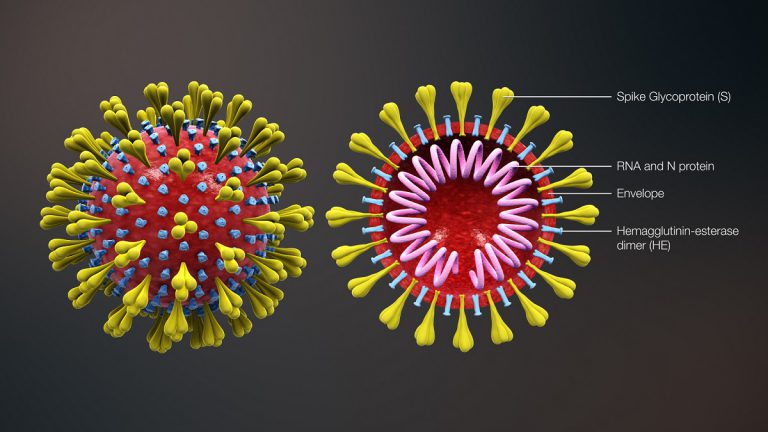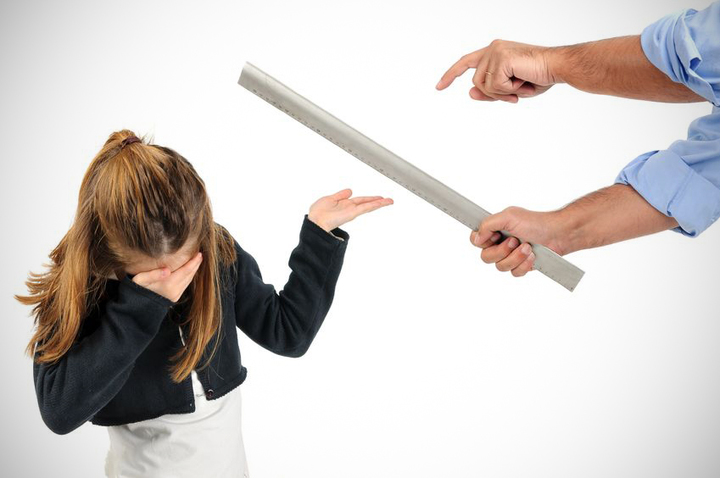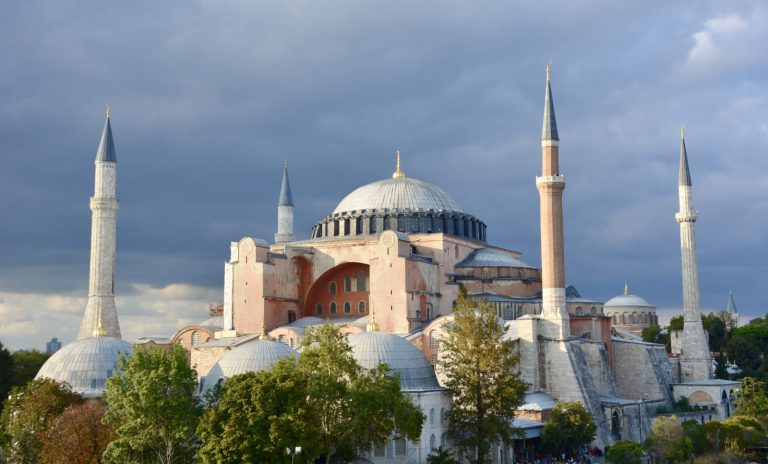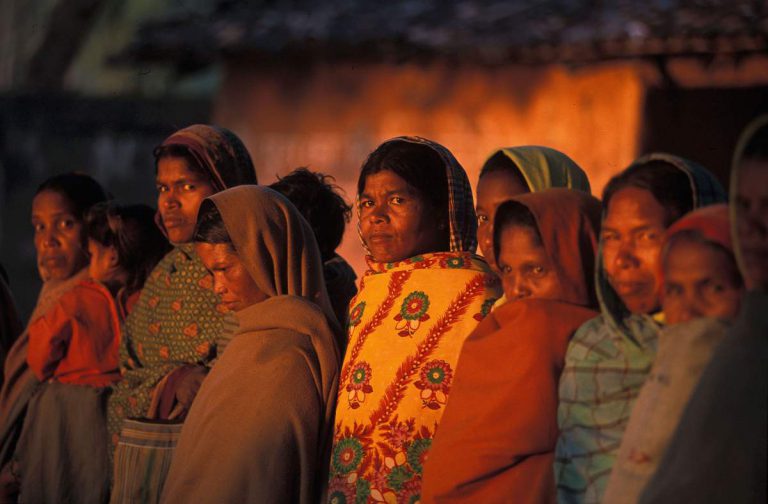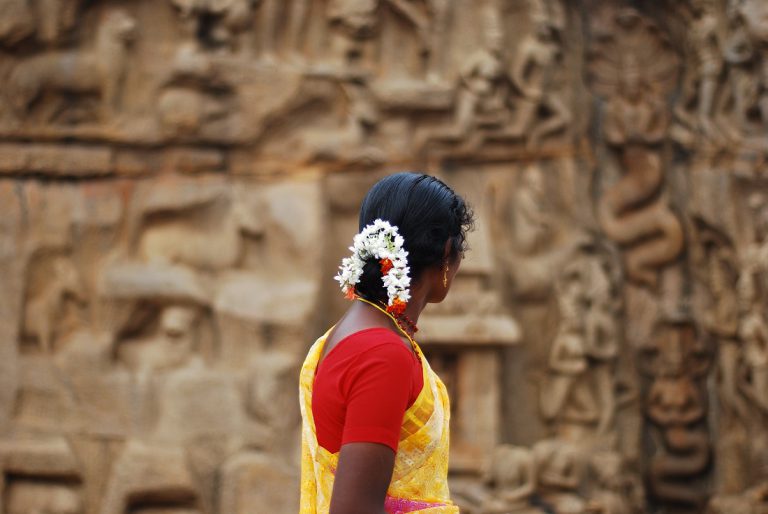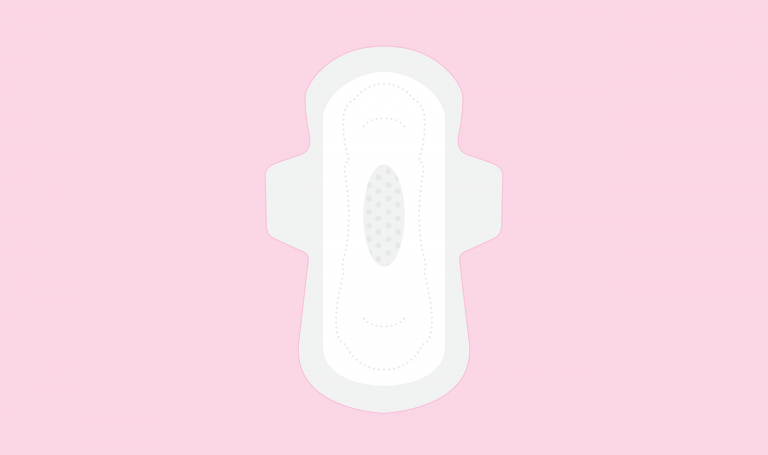Section 377: The end of a struggle or the beginning?
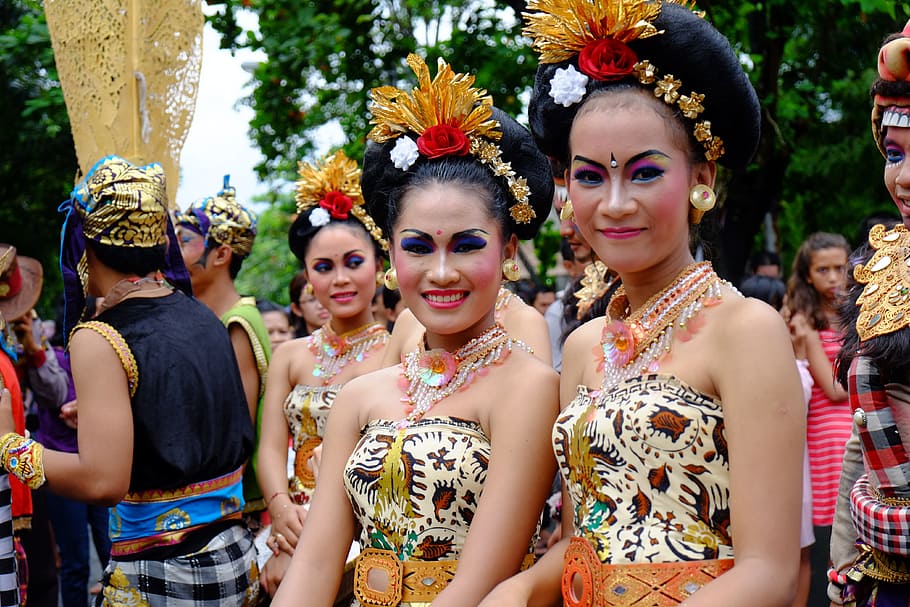
[responsivevoice_button voice=”US English Female” buttontext=”Read out this Theel for me”]
Sexuality is a very fluid concept. Homosexual behavior has existed for a very long time. It had existed from the time when human beings started to walk on earth. In India, the existence of homosexuality can be traced back to ancient times. In the temples of Kajuraho, there are images of women portrayed as embracing other women, which indicate that people were engaged in homosexual activities since then. Again in Mahabharata, Shikhandini was the transgender warrior of that time. She was trained as a prince to take revenge from the Kurus, but later she was married to a woman. There was kind of a divine intrusion that bestowed Shikhandini with her manhood, and she lived the rest of her life as a hermaphrodite.
The ancient texts and inscriptions have not approved homosexuality, but they do recognize its existence. In our Indian society infused with traditional culture and values, homosexuality is still ambiguous despite the repeal of Section 377.
Section 377- History
Section 377 has always been a matter of contention and debate. The history of the legal battle for the rights of the LGBTQI started with the legal challenge to Section 377 of the Indian Penal Code (IPC). But before rightly delving into Section 377, there is a need to trace the roots of this revolutionary battle for change.
The Buggery Act of 1533
This Act was passed during the regime of Henry VIII, which stirred the issue of sodomy from the court to the state. It was not specifically targeted towards sex between men, but it was also applicable for sodomy between men and women and a person and an animal. Convictions under this act were punishable by death. Thomas Macaulay drafted section 377 in 1838, but it came into effect in 1860. This law declared ‘buggery’ as an unnatural sexual activity against God and man’s will, which in turn criminalized homosexuality.
Offenses against the Person Act 1828
In 1828, the Buggery Act was replaced by the Offences against the Person Act 1828. This act allowed for easier trials of rapists and also homosexuals. It can be said that this act laid the foundation stone for Section 377. Later, this act was repealed and replaced by the Offences Against the Person Act 1861.
Delhi High Court verdict of 2009
Section 377 had always initiated a controversial debate over the years. In 2001 an NGO called Naz Foundation (India) Trust challenged Section 377 in the Delhi High Court and filed a lawsuit to allow homosexual relations between consenting adults. They were of the view that Section 377 must be applied only to non-consensual sex between minors. A remarkable judgment was passed in 2009, which decriminalized consensual activities between same-sex adults.
July 2009
This date shall be remembered forever as Section 377, which has been a constant source of oppression against homosexuals, was annulled by the Delhi High Court. It also made it possible for consenting adults to have a same-sex relationship.
December 2013
The Supreme Court pronounced that homosexuality was an offense and negated the previous Delhi High Court judgment of 2009.
April 2014
The Supreme Court passed a judgment in the National Legal Services Authority Vs. Union of India (NALSA) proposed that transgender has the constitutional right to self-assess their gender identity as male, female, or transgender without medical aid and the right to express their chosen gender identity.
September 2018
This date must be carved out in golden letters as the Supreme Court finally struck Section 377 and reversed its earlier 2013 judgment. This was a victory for the entire LGBTQI community who had been struggling for their identity over the years. It was time for them to come out of the closet and embrace the world. The Chief Justice declared that the ban is irrational and manifestly arbitrary. Any discrimination based on sexuality would lead to a violation of fundamental rights.
Hence, the LGBTQI community has been discriminated against and deprived of their rights throughout ages. But, can the repeal of Section 377 can bring an end to their misery? A question still remains: Is this step a zenith of the realization of transgender equality in India?
Societal reaction towards homosexuality over the years
Homosexuality has been treated as a crime and a disease by society over the years. It is considered a forbidden act. The reversal of Section 377 may be called an initial step towards a revolutionary change in the legal domain. Still, it has little capacity to reverse the societal mindset which has been rigid and fed with false notions about homosexuality. There have been numerous instances where there were cases of corrective rape in which men raped lesbians to turn them into heterosexuals. The sexual minorities are stigmatized by the society and family that the homosexuals resort to medical therapy in fear of their survival. In rural India, there were various cases where the family used to murder their children if they were homosexual and called it honor-killing to save the honor of the family. The LGBTQ individuals were not even permitted to step into religious places because they were considered as an abomination. The LGBTQ students have been consistently experiencing physical and emotional harassment by their peers at school due to their sexual orientation. Such an environment possibly prevailed in schools due to the non-intervention of the teachers. The teachers rarely intervene when the students make such objectionable and discriminatory remarks against the LGBTQ students. In the workplace, there is a completely discriminatory environment towards LGBTQ people.
It has been asserted that they were not hired and promoted due to their gender identity, and inequality regarding pay persists. Homophobia has consumed most of the people, and homosexuals have always been considered and projected as the ‘Other’ in our society. To understand the reason behind the LGBTQ exploitation, it is essential to know the standards of ‘normal’ asserted by society as homosexuality is regarded as ‘abnormal.’ Heterosexuality is socially constructed as the natural sexual orientation, which makes it appear superior. The nature of human sexuality is complex and diverse. According to Foucault, when someone/something is tagged as ‘normal’, it becomes privileged and legitimized, and any kind of ‘deviance’ from that ‘normal’ is considered as a taboo or ‘abnormal.’ Thus, heteronormativity is established as the right way of living and must be practiced among all. When a certain thing exists, and it is established as normal and natural, then, unless it is reversed with constructive evidence, people tend to think within the realm of that particular thing. This applies to heteronormativity. So, people who are perceived as existing within the ‘normalcy’ of heterosexuality are not questioned by society. Still, the LGBTQ community does not fall within this invisible safety net of heterosexuality.
Life after Section 377
The landmark judgment on Section 377 is an attempt to remedy the LGBTQ community’s wrongs inflicted over the years. Now the question arises: what is the ground reality after the passage of this judgment? As an LGBTQ individual who has suffered from this social stigma, it is not possible to recover from that taboo overnight. To ensure the implementation of this judgment, it is necessary to start from the grass-roots. It is essential to sensitize public institutions like the police, bureaucracy, law firms, colleges, hospitals, etc. They need to accept LGBTQ individuals. Efforts have been taken to create safe spaces and a healthy environment in schools to make the LGBTQ individuals at ease with other students. Many schools have opted for the inclusion of sex education in the curriculum to spread awareness among the students and sensitize them accordingly. Pride walks and Gender-sensitized workshops are organized in various parts of the country to spread awareness.
In the corporate world, many companies like Godrej, Intuit, Barclays, etc. have started implementing LGBTQ inclusion policies and practices and working for a gender-sensitized environment for them to work. Companies like Lalit Suri Hospitality Group, Tata Steel, IBM, Cognizant, etc. are providing medical insurance to their transgender employees. It can be said that the corporate sector has taken the verdict seriously and is trying to offer them a safe work environment.
Changes are coming in slowly but steadily. The cafes of Kolkata proudly celebrate the LGBTQ community spirit. ‘Café #377’ and ‘Amra Odbhut Café’ have been established in Kolkata, representing equality and unity. The walls and ambiance of both the cafes portray love and acceptance for all communities. They strive for transgender equality and have attempted to create a small space to advance this message to all. There are various instances where public institutions have accepted LGBTQ individuals even before the repeal of Section 377. Like on 8th July 2017, Joyita Mondal was appointed as the first transgender magistrate of a Lok Adalat in West Bengal. Again, in 2015 Manabi Bandyopadhyay was selected as the first transgender principal of a women’s college in West Bengal. On the one hand, it can be seen that a quarter section of the population accepts the LGBTQ individuals, but on the other hand, their battle for identity still prevails. On 13th March 2020, a 21-year-old queer student attempted suicide and died in Goa. She put up a live video on social media that her family physically and mentally tortured her for her sexual orientation. She was forced to undergo medical treatment by her parents to cure bisexuality.
There are numerous examples of LGBTQ individuals being ousted or harassed by their own families. They face rejection for not being heterosexual. The children are threatened and scolded for not following the established gender norms of the society as a result of which children suffer from an identity crisis. The parents are not willing to accept these children as they consider them as a disgrace to the family, and fewer chances of their marriage will put an end to their generation. Such stereotypical attitudes exist still today, especially in rural areas. After the repeal of section 377, several cases have been reported where LGBTQ students are still persecuted and humiliated at schools.
They are asked to sit separately from their peers and are constantly questioned for their mannerisms. They are mostly tormented by the other students and particularly by the male teachers. Such activities led them to drop out of school. Judicial reform may have opened the doors for them to come out, but little has changed in terms of social attitude and acceptance. It can be said that the struggle has just begun.
Homosexuality and Bollywood
Cinema is a very influential medium that has the capacity to bring about social change. It has a strong impact on society and its way of thinking. Cinema plays the role of an opinion-maker in India, the way it will project this issue positively/negatively, the same way it will create an effect on the psyche of the audience. Homosexuality has always remained a sensitive and controversial topic in Bollywood. A satirical tone is still attached to homosexuality. Earlier, homosexuality did not find its place in mainstream cinema; it was often projected through art films or documentaries, which had its place only in the film festivals.
Movies like ‘Chitrangada: The Crowning Wish,’ ‘Andaz,’ ‘Sangam’ portray the complicated nature of homosexuality. In Chitrangada, both the protagonists are confused about handling their homosexuality and go through certain emotional complexities. In both Andaz and Sangam, the female lead is present only to lessen the homosexual sting. These films sort of try to put a façade on homosexuality as these films try to put a cover on the homosexual nature of the individuals instead of openly projecting them as homosexuals. The LGBTQ community severely criticized the film ‘Dostana’ as homosexuality was stereotyped and also because the protagonists were pretending to be homosexuals. The film ridiculed gay relationships. But again, there were films like ‘Fire,’ ‘My Brother Nikhil,’ ‘Memories in March,’ ‘Margarita with a Straw’ that were much ahead of their time. When homosexuality was considered a taboo, these films not only represented acceptance but also embraced homosexuality. Homosexuality was positively celebrated in these films, but such films were very less in number.
In recent years, attitudes towards homosexuality have shifted slightly. There have been open depictions and discussions on homosexuality in Bollywood since the repeal of Section 377. Bollywood has come a long way where today important plots are associated with homosexuality in mainstream cinema. After the decriminalization of homosexuality in 2018, ‘Ek ladki ko dekha toh aisa laga’ was released, which was a bold move as a commercial film. This film openly endorsed tolerance and acceptance for the sexual minorities, which was necessary after the decriminalization. Recently in 2020, ‘Shubh mangal zyada savdhaan’ was released, which is a beautiful homosexual love story. It showcases the struggles that a homosexual couple goes through and talks about the harsh familial reaction towards the homosexuals. But in the end, this movie strives for normalizing homosexual love stories. Today these films are openly welcomed and accepted by a large section of the audience, and it can be asserted that the message these films are trying to convey reaches the masses and has a profound impact on society.
End of a struggle or the beginning of one?
Today after the historic judgment on Section 377, it has been observed that most urban India has become gender-sensitized and is trying to accept LGBTQ individuals as a part of the society. But in rural India, the picture is entirely different where people are still embedded with ancient traditions, and superstitions and individuals struggle to assert their identity yet now. Even after the decriminalization of homosexuality, the fight for equality has just begun. The decriminalization of homosexuality has rendered the LGBTQ community the freedom to avoid prosecution and gave them the right to have sex. This can be used as the first step for achieving further civil rights for them.
The right to marry, the right to inherit property, and the right to engage in Surrogacy are basic rights that need to be attained. Same-sex marriage is still not prevalent in India. The Surrogacy Bill, 2019, deprives the LGBTQ community of having a child. The Bill not only bans commercial Surrogacy but also permits only the opposite-sex couples to have a child through Surrogacy. It is a discriminatory bill against same-sex couples who wish to have a child and entails the idea that they are unequal to married couples. These are the social fronts where the battle is still going on.
The Transgender Persons(Protection of Rights) Act was passed in 2019. It strives for the welfare of the transgender individuals, but unfortunately, this act violates certain transgender persons. It provides for transgender persons to receive identity certificates recognizing them as ‘transgender.’ Still, individuals who wish to identify as a man or a woman would have to undergo sex reassignment surgery. The Act does not state that those who have changed their identity documents as male or female can claim their rights under this law. It does not provide for reservation in educational institutions and does not include the Right to adopt and Right to marriage for transgender persons. Widespread protests were carried out by the transgender community against this discriminatory Bill.
Despite several efforts to reorient and sensitize the masses, an invisible divide prevails between ‘us’ and ‘them.’ As long as it is a matter of ‘them,’ it is hard to accomplish the goal of equality. There is an urgent need to include ‘them’ within the domain of ‘us.’ Acceptance is the key to an equal and harmonious society. Hence, it is necessary to endure this battle at every societal level and strive towards a better world. I believe that one day the wounded birds will come out with flying colors, which will be a victory for all.
References
- Clay, R. A. (2019, February). Decriminalizing Homosexuality in India. American Psychological Association, p. 24.
- . (2018, July). Retrieved May 2020, from India Today.
- Wolf, S. (2004). The Roots of Gay Oppression. International Socialist Review.
- J. Pooja, K. R. (2018). Indian Cinema and its portrayal of emotional complexities of LGBT Community. International Journal of Pure and Applied Mathematics, 1-18.
- Justice, M. o. (2019). The Transgender Persons (Protection of Rights) Act 2019. New Delhi.
- Katju, A. (2019, September). One year after Freedom: How are LGBTs faring today? Retrieved May 2020, from Times of India.
- Knight, K. (2019, June). Section 377 is History. Human Rights Watch.
- Pandey, V. (2018, September). What it means to be gay in rural India? Retrieved May 2020, from BBC News.
- Sanchita Srivastava, P. S. (2015). Psychosocial roots of stigma of homosexuality and its impact on the lives of sexual minorities in India. Open Journal of Social Sciences, 1-9.
- Sandy Watson, T. M. (2012). LGBT Oppression. 1-6.
- Sanjeev Kumar Sabharwal, R. S. (2012). Portrayal of sexual minorities in Hindi Films. Global Media Journal, 1-13.
- Srivastava, M. (2016). Portrayal of Homosexuals in Bollywood: Post 2009 Repeal of Section 377 of IPC. Media and Cultural Resistance: Beyond Gender stereotyping, (pp. 1-27). Dubai.
- Thakur, S. (2019, April). After Section 377, What is Corporate India Doing? Society for Human Resource Management.
- Wolf, S. (2004). The Roots of Gay Oppression. International Socialist Review.
Featured Image Credits: Wikimedia


